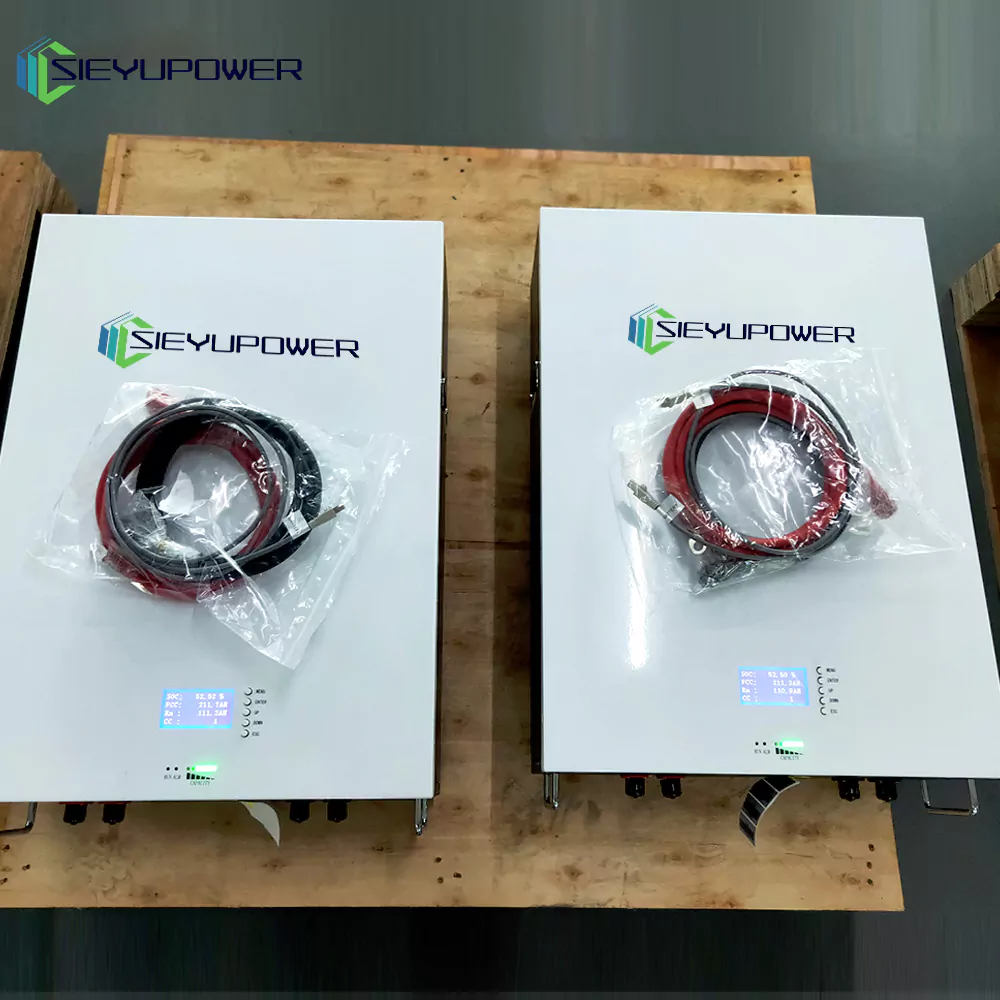When it comes to finding the best wall-mounted lithium battery system, there are a few key factors to consider. These include cost, features, and compatibility. Keep reading to learn more. There are many advantages and disadvantages to the different systems, so make sure you do your research first.
Compatibility
When it comes to choosing a lithium battery, you should think about how long you intend to use it. The average life span for a lithium battery is around 20 years. This means that you will have to buy a new one about once every eight years or so. If you want to maximize your battery’s lifespan, consider buying a wall-mounted lithium battery.
Features
A wall-mounted lithium battery offers a variety of benefits. For starters, they are compact and convenient to install, and they are extremely reliable. In addition, they offer a high energy density. That means you’ll have more energy available to you, even in the most extreme situations. They can also be scalable for larger storage systems.

Costs
One of the most promising battery types is lithium ion. While these batteries have come a long way in terms of technical development, they are still far from reaching cost goals. For this reason, a recent project conducted by the Center for Transportation Research at Argonne National Laboratory sought to estimate the costs of lithium-ion batteries. The study concluded that further cost reductions could come from material substitution, economies of scale, and design improvements.
Compared to lead-acid batteries, lithium batteries are more efficient, meaning that they can store more energy in a smaller space. This means that you will need fewer batteries to power your system. Lithium battery systems are also easier to maintain.
Charging frequency
A lithium ion battery’s life cycle is affected by the frequency at which it is charged. Fast charging can shorten the life of a battery by reducing its capacity. In addition, fast charging causes the battery’s internal resistance to increase and can lead to overvoltage. Therefore, a lithium ion battery needs to be charged only when necessary, using the right equipment and charger.
When charging a lithium battery, the rate of charge depends on its specific use. A 2 000 mAh battery requires a charge frequency of about 2,000 mA. However, it is advisable to use a charger designed for this type of battery, as it is safe and will maximize the battery’s life.


